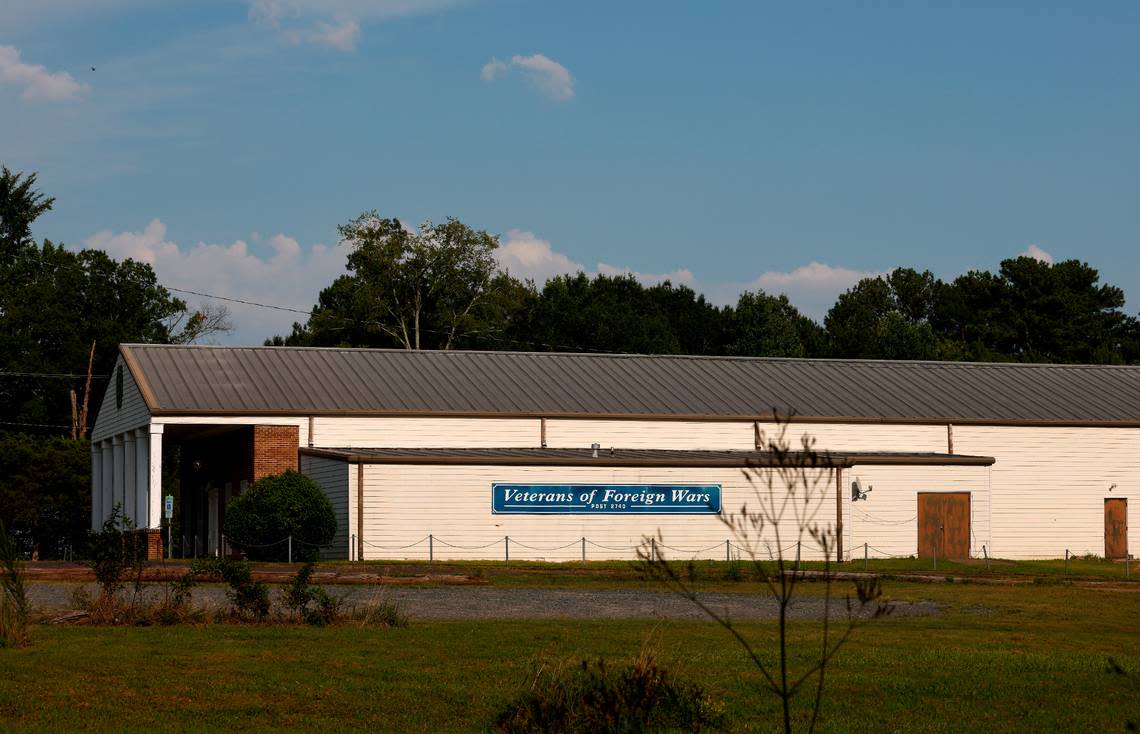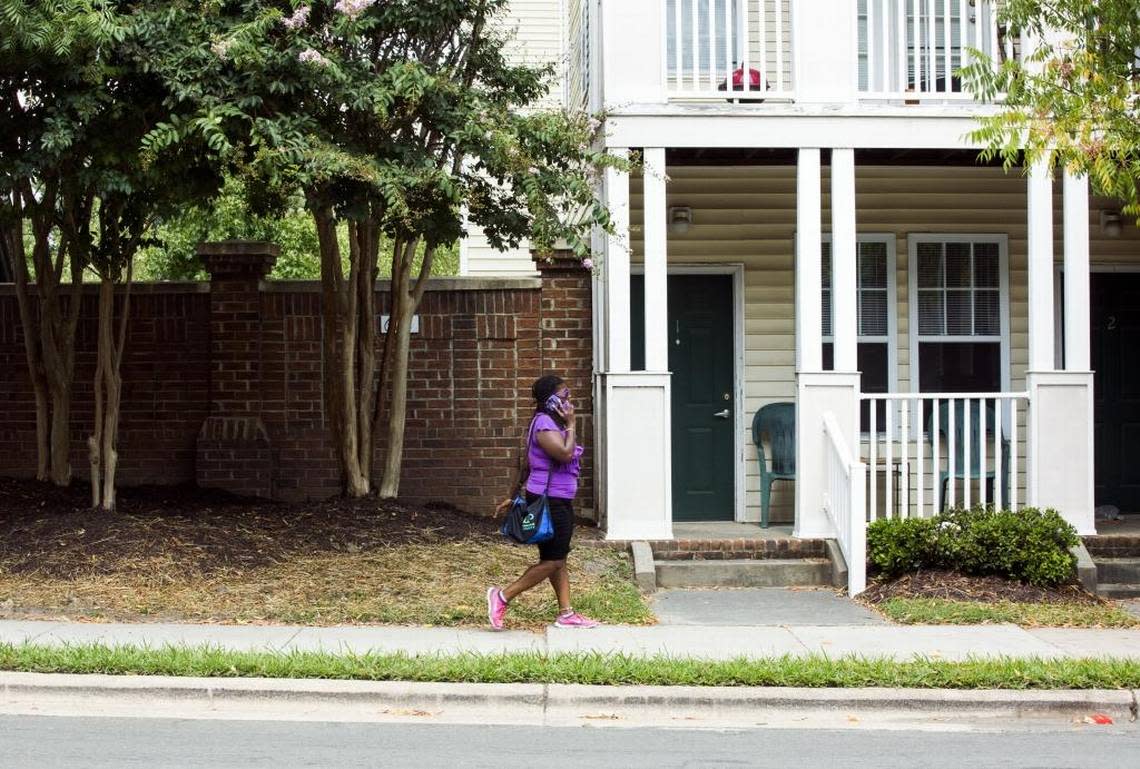‘Awesome opportunity’: Durham puts $10M of federal COVID money toward affordable housing
The city of Durham will spend at least $10 million of federal COVID relief money to help build affordable rentals around the Bull City.
“Let’s build some housing,” Mayor Elaine O’Neal said with a smile when the City Council agreed last week to earmark the money.
It’s about 20% of the $52 million the federal government channeled to the city under the American Rescue Plan Act, a federal stimulus bill meant to help communities recover from the COVID-19 pandemic.
The four projects the money is going toward are projected to add 436 new affordable housing units.
Durham Technical Community College is one of the recipients. It is in a partnership to build a 124-unit community near the main campus. All the units will be affordably priced for households at 60% or 30% of the area’s median income,
Durham Tech President J.B. Buxton said a study years ago indicated that half of the college’s students were experiencing housing insecurity and 1 in 5 had been homeless in the past year.
“No doubt the pandemic has accelerated some of those trends. We want to be part of the solution,” Buxton told the City Council.

The largest project on the list is a redevelopment of the Veterans of Foreign Wars post in Braggtown, which will add 156 apartment units after a city-approved rezoning in September.
Larry Coleman, the post commander, said he decided in 2019 to do something different with the property, and former Mayor Steve Schewel helped guide him to affordable housing.
“Growth is good, but it brings in individuals who have the ability to pay more,” Coleman told The News & Observer last year. “It’s gotten even tighter since 2019 when we started down this path.”
Rents skyrocketed in unprecedented ways amid the COVID-19 pandemic, according to DataWorks, a local nonprofit that tracks data on how Durham’s neighborhoods are changing.
“When you look at listings starting the month of the pandemic’s first cases in Durham, we’re looking at jumps of hundreds and hundreds of dollars,” executive director John Killeen said in a presentation this month to the Affordable Housing Implementation Committee. “It’s wild and unpredictable.”
Affordable housing in Durham
The developers behind the four affordable housing projects requested nearly $21 million in gap funding:
VFW project on Dearborn Drive by LDG Multifamily (projected 156 units, $6.5 million request)
Durham Tech project with Mosaic Development Group (projected 124 units, $5.4 million request)
East Geer Street Residential by Southern Repair Service (projected 90 units, $5 million request)
Sandy Ridge Villas by Bradley Housing Developers (projected 66 units, $4 million request)
Community Development Director Reginald Johnson said in an interview that city staff were reaching back out to check on the status of the projects. The applications were initially submitted in 2021 and the City Council agreed to be flexible if the prices rose due to inflation.
“It’s an awesome opportunity for us to continue this work that we started but weren’t able to finish because we didn’t have funds,” Johnson said Monday.

Treasury relaxed ARPA guidance for affordable housing
The American Rescue Plan Act has poured nearly $2 trillion into communities around the U.S. since President Joe Biden signed it into law in early 2021.
To fully cover the four affordable housing projects, another $10 million will be requested from the county, which has yet to allocate most of the $62 million it received through ARPA.
Board of Commissioners Vice-Chair Wendy Jacobs said the county is exploring the possibility, as well as other ways to fill the community’s needs for housing.
“I know that our staff is evaluating that,” Jacobs said Monday. “We have a tremendous need for permanent supportive housing and transitional housing, so staff is going to be looking at all the housing-related needs we can fulfill with our ARPA funds.”
In July, the Treasury Department relaxed guidance around the COVID-19 relief money to make it easier to fund affordable housing for those making 60% or less of the area’s median income.
“Increasing the nation’s housing supply is essential to lowering shelter costs over the long-term,” Deputy Secretary of the Treasury Wally Adeyemo said in a news release at the time.
That opened the door for Durham’s latest spending.
“We didn’t even know we were going to be able to use this funding for that,” City Manager Wanda Page said.
The county has about $12 million in ARPA money that remains unspent.
“I don’t know when we’ll see money like this again,” Mayor Pro Tem Mark-Anthony Middleton said. “I’m pushing for something that’s transformative and generational.”
